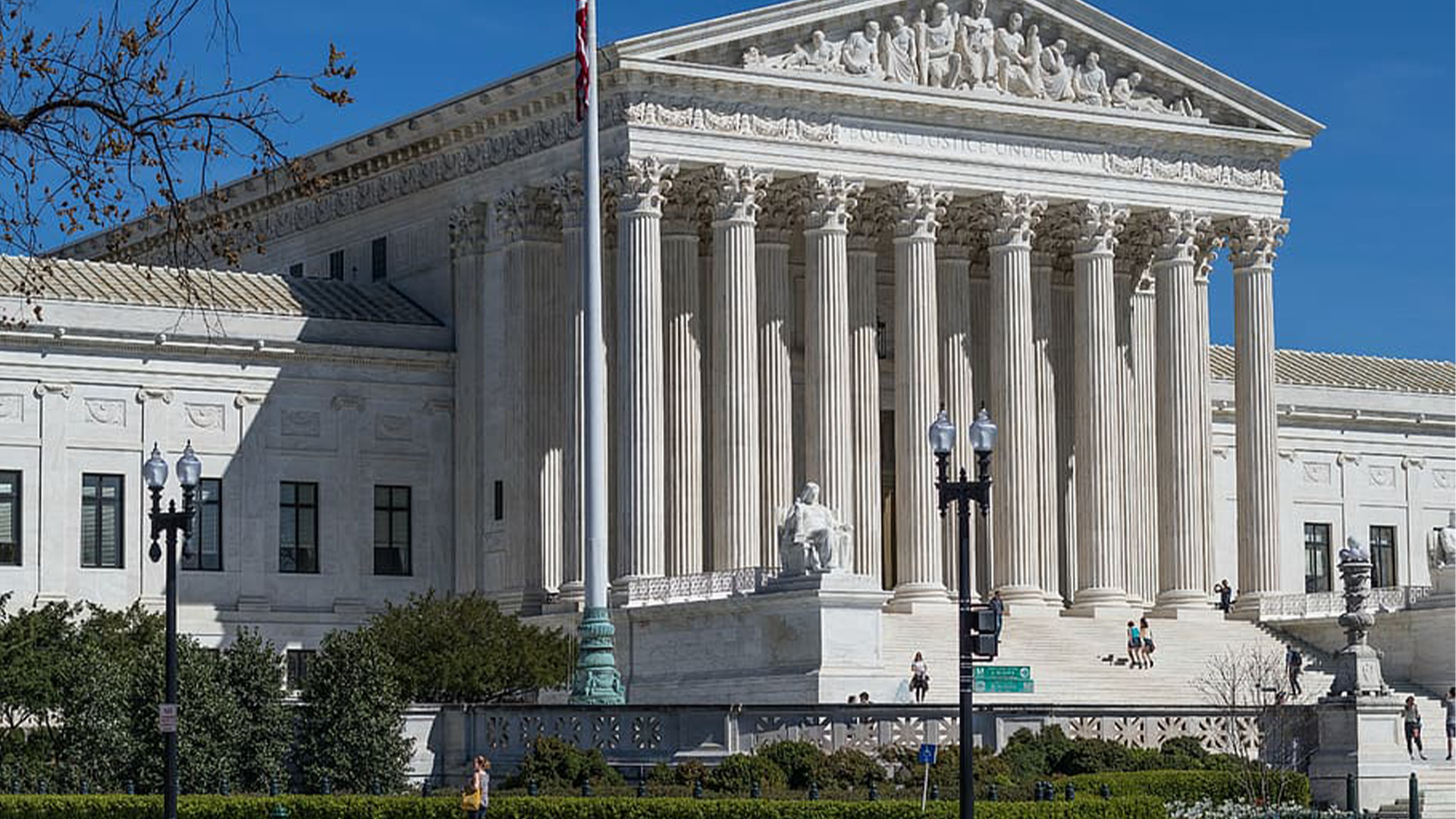The Supreme Court Bans Affirmative Action in Colleges, But Does it Really Matter?
This article is a commentary reflecting the lived experience, research and/or perspectives of the author. The views and opinions expressed don’t necessarily represent those of Unicorn Riot.
On June 20, 2023 the U.S. Supreme court made a landmark decision effectively banning the use of affirmative action policies at all publicly funded American colleges and universities. Democrats were quick to condemn the ruling, with President Joe Biden reportedly considering overturning it via executive order. If the ruling stands it will mark the end of the “race-conscious admissions model,” originally spawned by Harvard University in the early 1970s in an effort to increase minority representation in higher education.
While affirmative action policies have helped many students achieve their dreams, it will require more effort to solve the much larger issue of systemic racism in higher education. Those who wish to reform the system should be aware that these policies can, have and will also be used to obscure the root problem, thereby ensuring the continuation of a white supremacist system that has merely updated its methods.
Background to the Lawsuit — Students for Fair Admissions v. Harvard
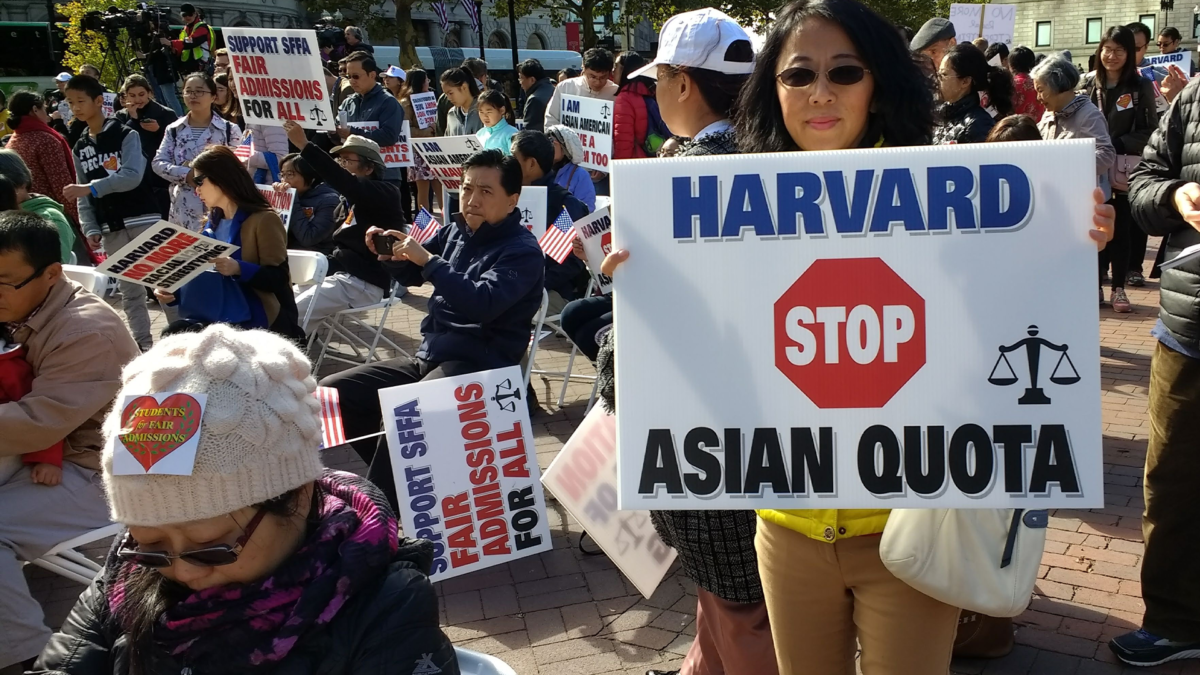
In 2014, Students for Fair Admissions (SFFA) representing a group of anonymous Asian-American Harvard applicants, filed a lawsuit against the university alleging that they violated the civil rights act by discriminating against prospective Asian-Americans students, in favor of other races. This is despite the fact that Asian-Americans represent the single largest ethnic minority group at Harvard, estimated to be about 22% of the total student population, followed by “African Americans at 14%, Latinos, and Hispanics at 12%, and Native Americans at 2%.”
The suit was filed in the U.S. District Court in Boston, which would eventually rule in favor of Harvard University in 2019. The following year, SFFA would appeal to the Supreme Court which agreed to hear the case. The SFFA has a long record of filing lawsuits against universities that use affirmative action based admissions policies, however this was its first high-profile case on behalf of plaintiffs who were not white. This time, instead of attacking affirmative action directly, lawyers for the SFFA would pivot their attack to focus on the claim of discrimination against Asian-Americans.
This change in strategy paid off especially in the audience of a Supreme Court which, thanks to the Trump Administration, is dominated by right-wing conservatives judges. In a tragic twist of irony, the judge who has been most vocal in opposition to affirmative action is also a product of it — a black man from the small rural town of Pin Point, Georgia, named Clarence Thomas.
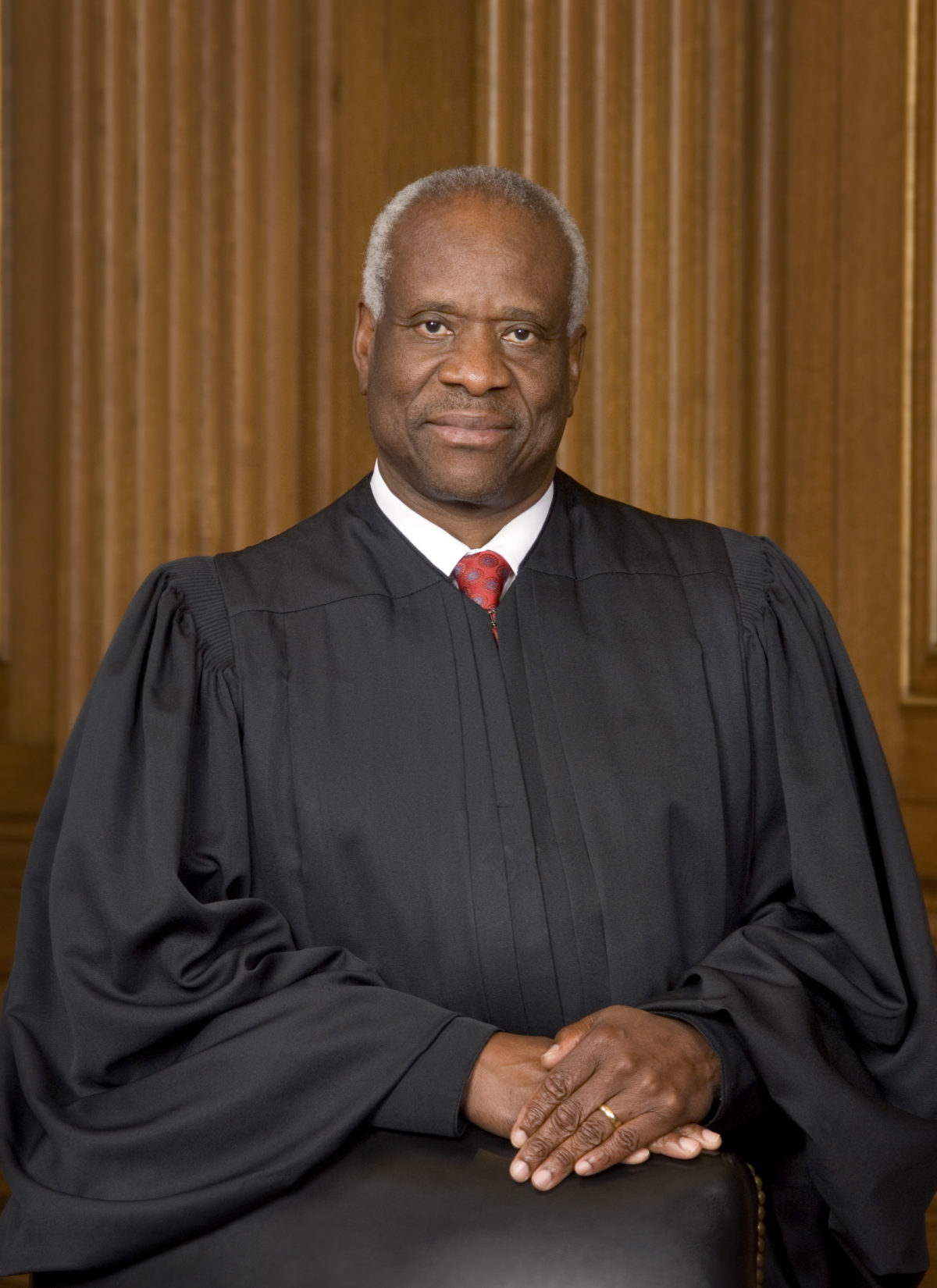
The rise of Clarence Thomas to the highest court in the land is just one of many important examples of how right-wing reactionaries have been able to use liberal reformist arguments and tactics against those who would push for reforms.
His position as a leading crusader against affirmative action has provided much needed cover for a racist conservative movement, desperately in need of non-white tokens to carry out their racist agendas. In this role he has served well and been rewarded handsomely for his efforts, frequently going on expensive overseas trips paid for by his Republican benefactors. It should also not be overlooked that Thomas, like the vast majority of his peers, is an Ivy League graduate.
The Ivy League – A Longtime Legacy Elitism and White Supremacy
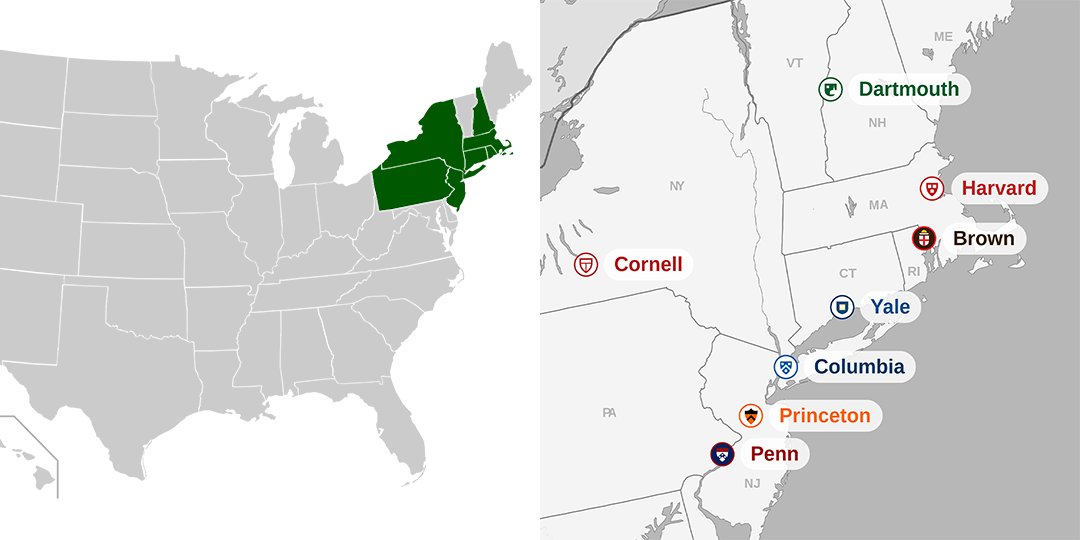
The eight Ivy League schools consist of; Brown, Columbia, Cornell, Dartmouth, Harvard, Penn, Princeton and Yale and are all based in the East Coast states of; Connecticut, New Hampshire, New Jersey, New York, Pennsylvania, and Rhode Island. Together they hold onto a combined endowment of over $192 billion. Harvard alone accounts for over $50 billion of this money — the single largest university endowment in the world. (source on left: Wikimedia) (source on right: Wikimedia)
Since its inception, Ivy League schools have played an indispensable role in the growth and maintenance of global white supremacy. Their lineage traces all the way back to America’s settler colonialist era, at a time when Protestant Christians were seeking religious freedom and political independence from the imperialist grip of Great Britain.
Like many of America’s “founding fathers,” most of the Ivy League’s original founders and benefactors were documented slave owners. Thus, profits obtained through the slave trade were used to fund some of the Ivy League’s initial scholarship programs and libraries. Furthermore, black slaves were documented living on Harvard and Princeton University grounds serving students, professors and other faculty members. Effectively, slavery funded the creation of the Ivy League.
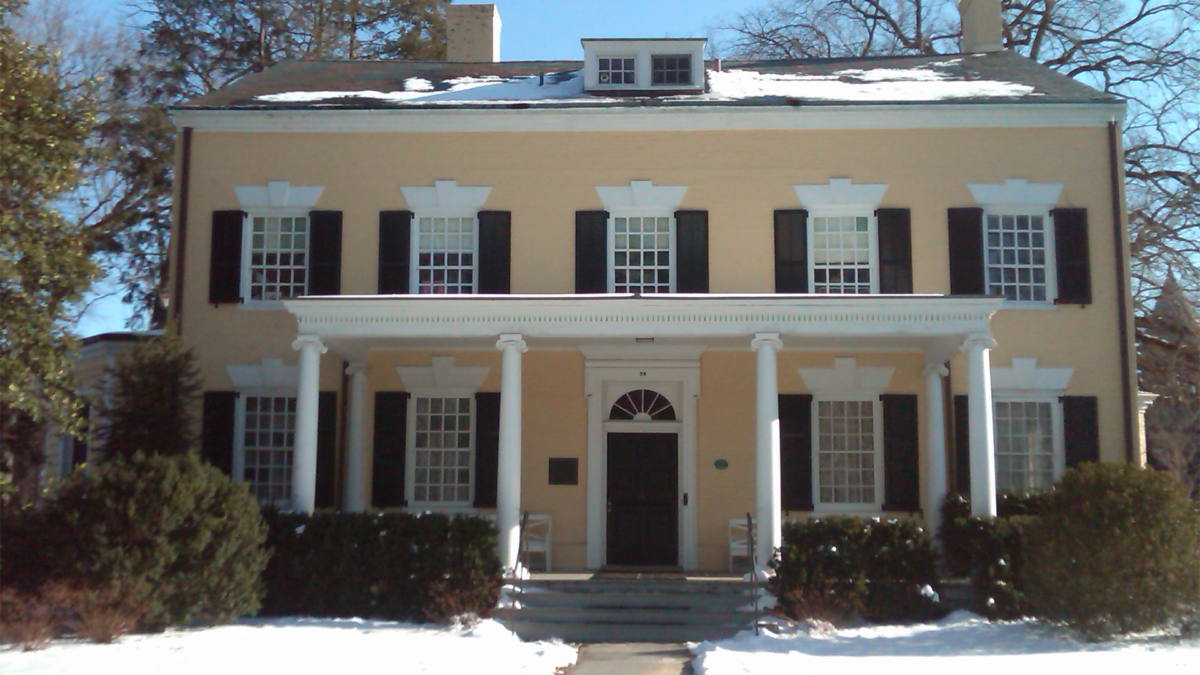
In the proceeding centuries, the Ivy League would go through a series of progressive transformations, allowing a very small amount of non-whites into its ranks — especially after the conclusion of the American Civil War.
Further progressive changes in race and gender admissions policy wouldn’t come about until the Civil Rights Movement of the 1950s and ’60s, as the Ivy League was forced to acknowledge its deep roots and ties to systemic racism and patriarchy. Prior to this era, most Ivy League schools explicitly banned women admissions, and it wasn’t until 1969 that Harvard would record it’s first ever black female graduate.
The current century has seen a dramatic increase in the admissions rate for people of color (POC) and women at Ivy League schools. Today almost a quarter of students at Ivy League schools are POC’s and about half are women — a dramatic improvement compared to pre civil rights era statistics.
Despite these monumental changes, the elitist character and composition of the Ivy League remains unchanged. This is reflected in the fact that the vast majority of all Ivy League students — regardless of race — come from upper and upper-middle class families, earning a median income of around $150K – $200K per year.
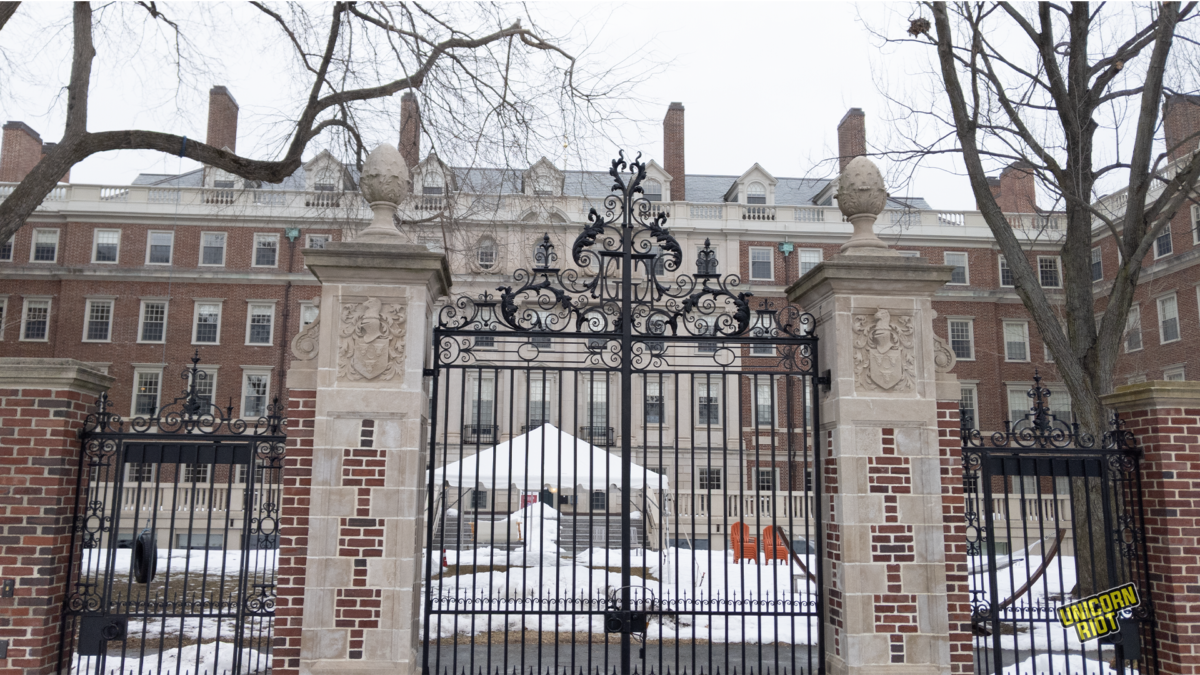
Pictured: “Gore Hall” dormitory. Harvard is one of, if not the most difficult university to get accepted into in the world. In the year 2023, 43,330 prospective students applied to Harvard, of whom only 1,950 were accepted, amounting to an overall acceptance rate of just 4.5%
Furthermore “generational African-Americans” — that is, African-Americans with at least one parent who are the direct descendants of slaves in America — are still severely under represented in Ivy League schools. According to an opinion piece in Stanford University’s daily newspaper “Over 40% of Black students attending an Ivy League school come from an immigrant family, whereas first- and second-generation Black immigrants only make up 13% of the general Black U.S. population.”
In the post civil rights era, race has no doubt played a significant factor in the admissions policies at Ivy League schools. Yet still, the single largest factor in determining whether you will attend one of these universities remains your family’s financial means and economic background.
As a result of the SFFA’s lawsuit against Harvard, it was revealed that student prospects who come from wealthy backgrounds are “accepted at a rate of nearly 34 percent, compared with just 5.9 percent of ordinary people.” Additionally, there are many documented cases of wealthy people simply buying their children into these elite institutions by donating large sums of money to said universities.
In this way the Ivy League operates as the direct opposite of the “school to prison pipeline” where students from the most disadvantaged backgrounds are funneled into low wage jobs and or prison. Instead, the Ivy League network serves as a feeding tube for many of the most profitable and powerful elitist institutions in the world. For generations, these same institutions have acted primarily in their own exploitative self-interests, having a tremendous negative impact on our world and leading to the myriad crises we deal with today.
Conclusion
If the Supreme Court’s decision against affirmative action policies in publicly funded schools holds, it will likely lead to less acceptance rates for POCs at the nation’s top universities — which will also lead to more POCs looking to other universities with higher acceptance rates. But is this really all a bad thing?
No doubt the futures of many prospective POC students looking to get into these universities will be negatively affected, and that is not good. But if it also helps to highlight the extreme racial and economic disparities and further motivates people to do more about it, then that is a good thing.
Enacting affirmative action programs in the nation’s elitist institutions is akin to using a beautiful painting to cover up a massive hole in the wall; it may look nice but it doesn’t do anything to fix the structural issues. On the contrary, it actually obscures the source of the problem. At least in this context there is no beautiful painting and we all get to see the massive ugly hole for exactly what it is.
It’s beyond frustrating, that in 2023, we still struggle to protect the most basic civil rights reforms, enacted years before many of us were even born, but the pushback against affirmative action also presents a unique opportunity. An opportunity that if harnessed correctly could help in dismantling the mythology of the Ivy League and it’s longtime global dominance over the education system. This is crucial to the overall fight against white supremacy as many of these universities have played a critical role in the furtherance of global American hegemony, white supremacy and imperialism.
Dismantling said structures cannot solely be done with affirmative action policies that favor the most affluent and elite minority groups. It requires a radical review and to re-approach how we distribute wealth, power and knowledge within our society.
So long as that wealth, power and knowledge is hoarded and locked behind closed gates by those who only wish to profit from it, the number of POCs, women, and others that are allowed beyond the gates matters none.
Follow us on X (aka Twitter), Facebook, YouTube, Vimeo, Instagram, Mastodon, Threads, BlueSky and Patreon.

